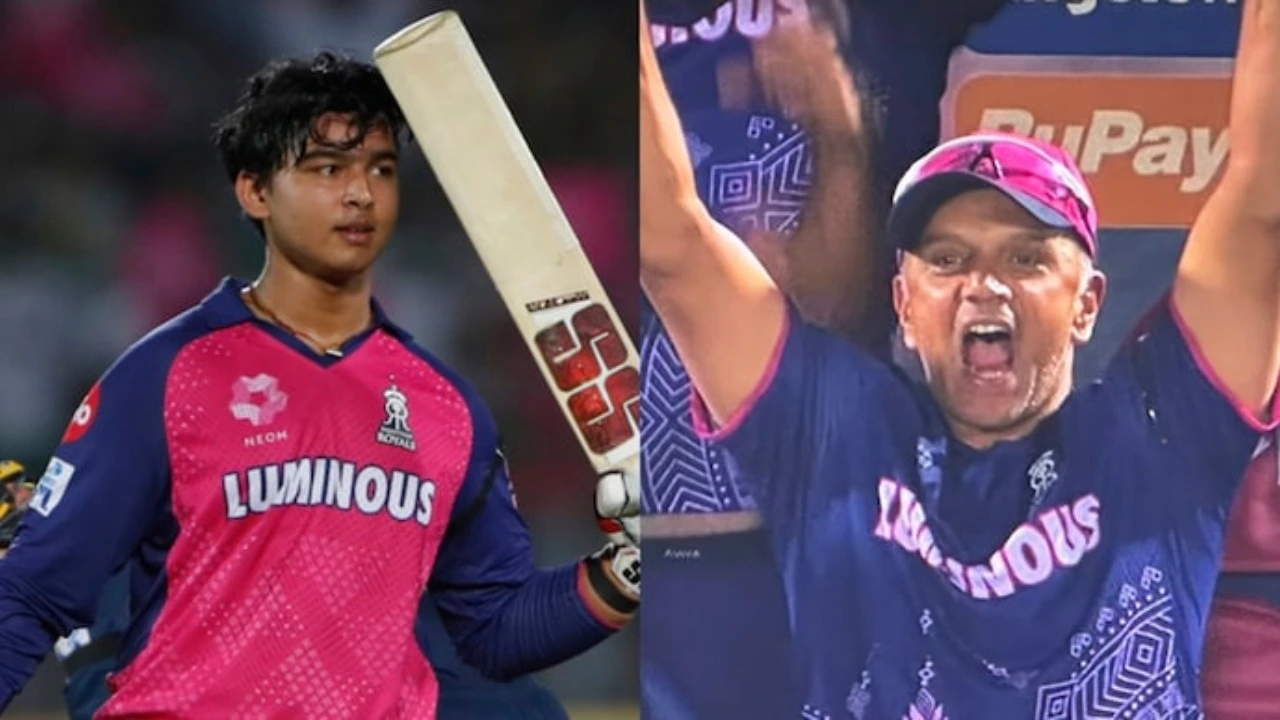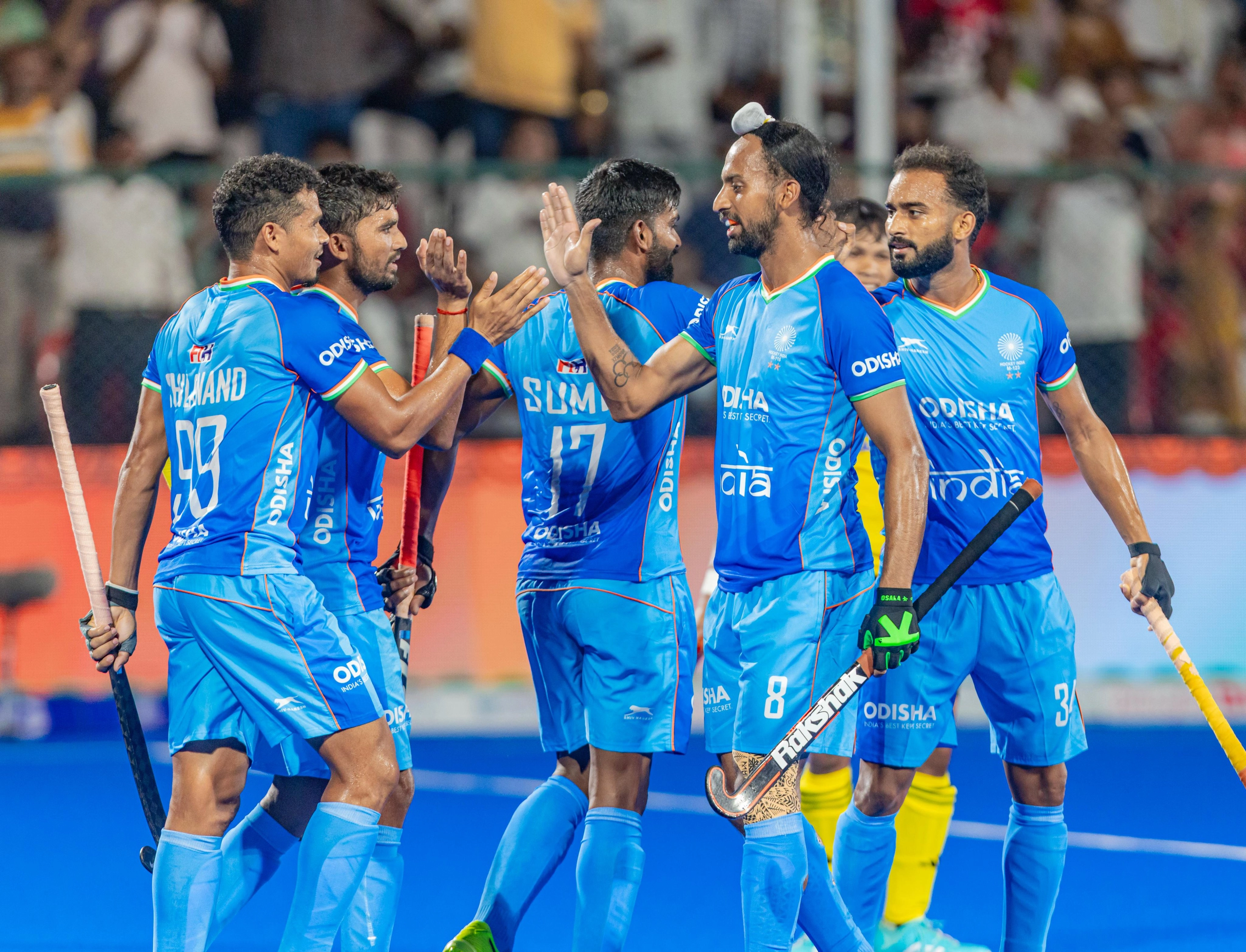In a recent turn of events in the cricketing world, former Indian cricketer Rahul Dravid has brought to light some intriguing insights following his departure from the Rajasthan Royals. Dravid, who has been a significant figure in Indian cricket both as a player and as a mentor, has spoken out about his experiences and observations during his tenure with the franchise. His comments have particularly focused on Vaibhav Suryavanshi, a player whose performance and conduct have come under scrutiny.
Dravid’s decision to leave the Rajasthan Royals has sparked discussions among fans and analysts alike, especially in relation to the dynamics within the team. His revelations about Suryavanshi suggest a deeper narrative concerning the challenges faced by players in the high-pressure environment of professional cricket. Dravid highlighted not only the need for skill and talent but also the importance of mental resilience and a strong work ethic, qualities that he believes are essential for success at the highest level.
In his remarks, Dravid emphasized that while Suryavanshi has potential, there are areas where he needs to improve if he wishes to make a mark in the competitive arena of cricket. He pointed out specific instances that illustrate the gaps in Suryavanshi’s game and how those could be detrimental to both his career and the team’s performance. Dravid’s candid assessment acts as a wakeup call, not just for Suryavanshi but for aspiring cricketers who often overlook the significance of consistent effort and adaptability.
This public exposure by Dravid not only sheds light on the pressures athletes face but also serves as a reminder of the tough lessons that come with professional sports. His insights may very well guide Suryavanshi in his future endeavors as he navigates the complexities of a cricket career. Ultimately, Dravid’s comments reflect his commitment to fostering growth and excellence within the sport, urging players to strive for improvement and resilience in the face of challenges.




